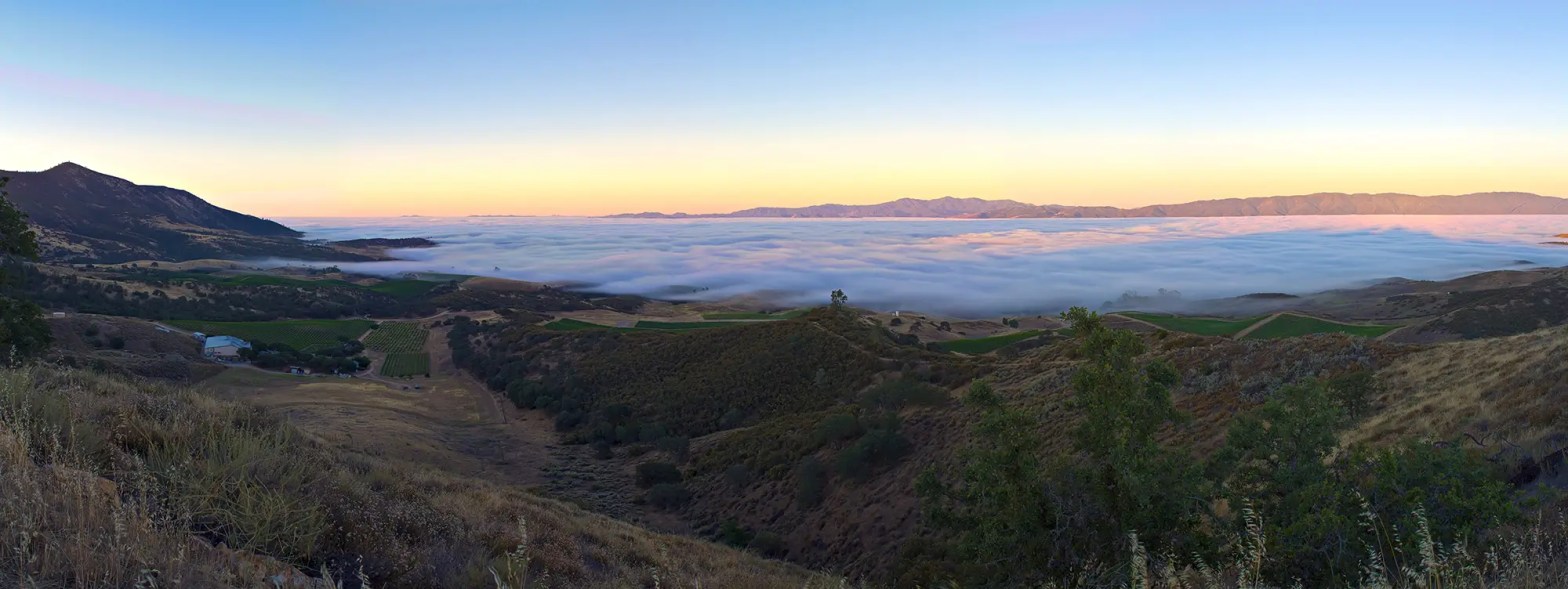
Our Story
Perched in the remote Gavilan Mountain range 1,800 feet, Chalone’s iconic rugged vineyards sit at the base of an extinct volcano bordering the Pinnacles National Park and is the oldest producing vineyard in Monterey County since 1919. The quiet splendor of the vineyards overlook spectacular views of the wide-open Salinas Valley, made famous by local author John Steinbeck. The vineyard’s name comes from the peak, which derives its name from the indegenous Costanoan Native American Tribe, the Chalone, or Chollen. Chalone crafts outstanding Chadonnays and Pinot Noirs, as well as limited amounts of Chenin Blanc, Pinot Blanc, Syrah, and Grenache — all grown on the estate at Chalone.
Chalone Vineyard is one of the few wineries in the United States growing grapes in limestone-based soils, the same as in Burgundy. The spare, well-drained ground, limited rainfall, and low crop levels attracted Dick Graff, who wanted to make top-flight Burgundian-styled Chardonnay.
The Legacy of The Four Graces
The story of The Four Graces began in 2003 when the Black family purchased a vineyard in the Dundee Hills of Oregon’s Willamette Valley as a family retreat. Inspired by the land’s potential, they transformed the estate into a sustainably farmed vineyard, dedicated to producing rich, elegant, and complex wines. That same year, The Four Graces was founded, named in honor of the Black family’s four daughters.

Historical Milestones
1919
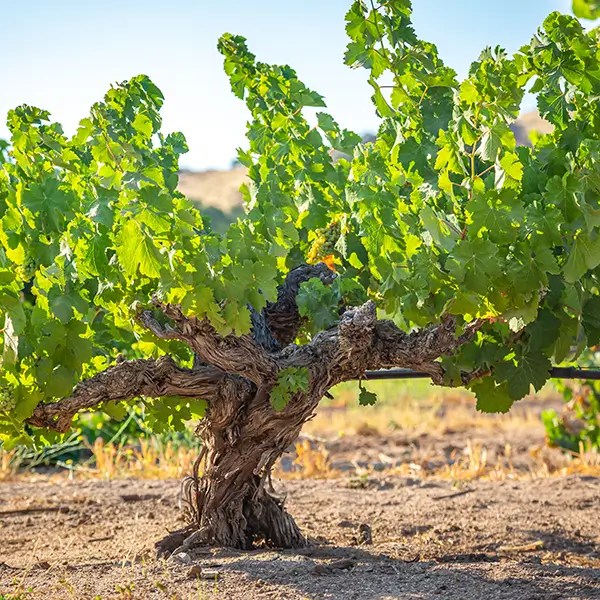
First Planting
The first viticultural activity began shortly after the turn of the 20th century when Charles Tamm, wandering California in search of soil similar to that of his native Burgundy, stumbled upon the property that is now Chalone Vineyard. In 1919 Tamm planted what is today the old producing Chenin Blanc in Monterey County. During Prohibition, the grapes were sold to wineries making sacramental wines.
1920 to 1950
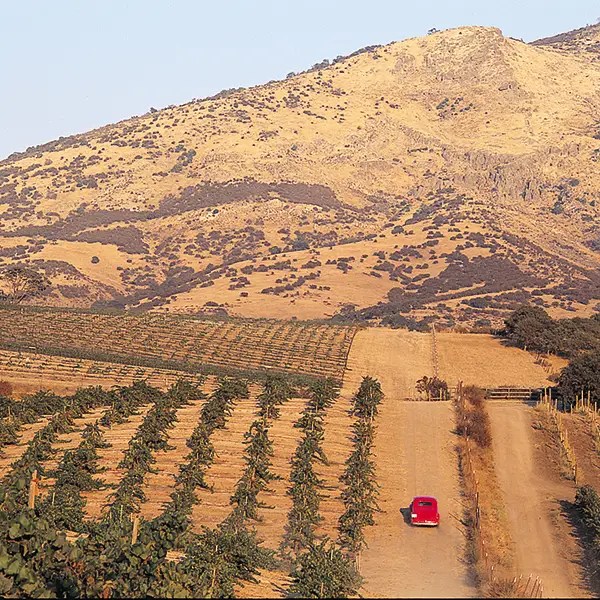
Vineyard Expansion
In 1946 the vineyard now called “The Lower Vineyard”, was planted by William Silvear to Chardonnay and Chenin Blanc, Pinot Blanc, and Pinot Noir. Silvear made some wine in Watsonville (we have an empty bottle of “Silvears Light Wine”, that was found in a rubble pile) and also sold grapes to the Wente family and Georges de Latour at Beaulieu in Napa. Silvear died in 1955 and his wife continued to operate the vineyard for a while, selling it to Dr. Liska and Mr. Sigman, who operated the vineyard for several years.
1960
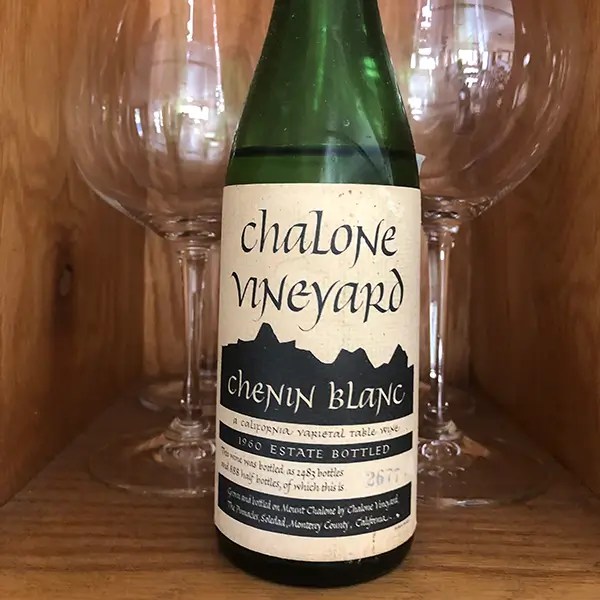
Chalone Label Introduced
The first wine produced under the Chalone label was made in 1960 by Philip Togni, in what had been a brooding shed for chickens. Daily trips to Salinas for ice, which at that time was an hour and a half away, provided the cooling needed for the wine cellar.
1966

Dick Graff
Dick Graff, a Harvard music graduate, and former naval officer, tasted a Windsor Vineyard wine made from Chalone grapes and was immediately entranced. After visiting the remote winery, he was determined to own Chalone. In 1965 Dick embarked on what has now become a part of California winemaking and viticultural history — he attended the University of California in Davis to learn winemaking, and then with his mother, Estelle, saved the Chalone property from imminent bankruptcy. Almost single-handedly, Dick was responsible for introducing California winemakers to the intricacies of malolactic fermentation in white wines as well as the now widespread practice of fermenting and aging white wine in small oak barrels. Dick was also one of the first to import and sell barrels from Burgundy in the United States. In 1966, Dick released the first commercial vintage under the Chalone Vineyard label.
1979s
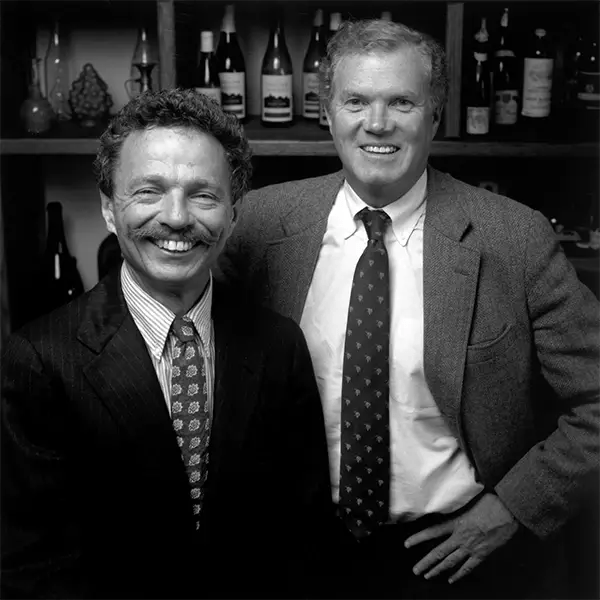
Chalone Grows
By 1970, Chalone was planting more vineyards. In 1971 Dick was joined by Phil Woodward, a fellow wine enthusiast, who was working for the accounting firm of Touche Ross & Company. As president, Phil took over the financial and marketing aspects of running the winery, and together they began what became the Chalone Wine Group. In 1973, winemaking moved from the chicken shed to a new building just above the former winery. In the meantime, two of Dick’s brothers, John and Peter, each served a stint as winemaker.
1976
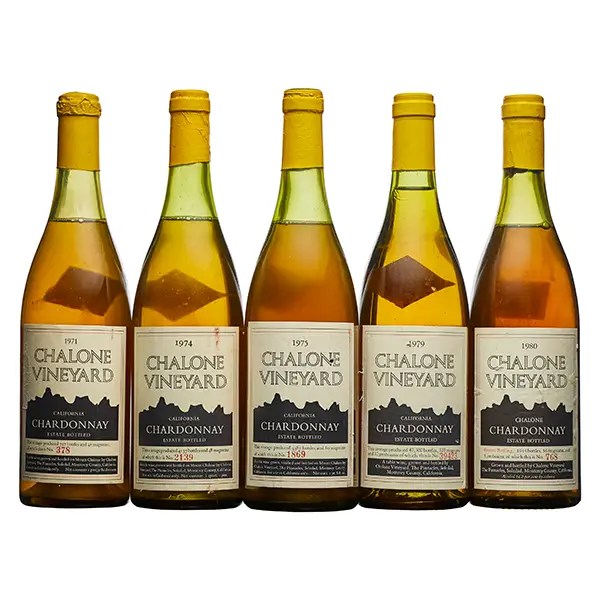
The Judgement of Paris
In the legendary Judgement of Paris, Chalone’s 1974 Chardonnay placed 3rd among some of California’s and France’s best wines.
1982
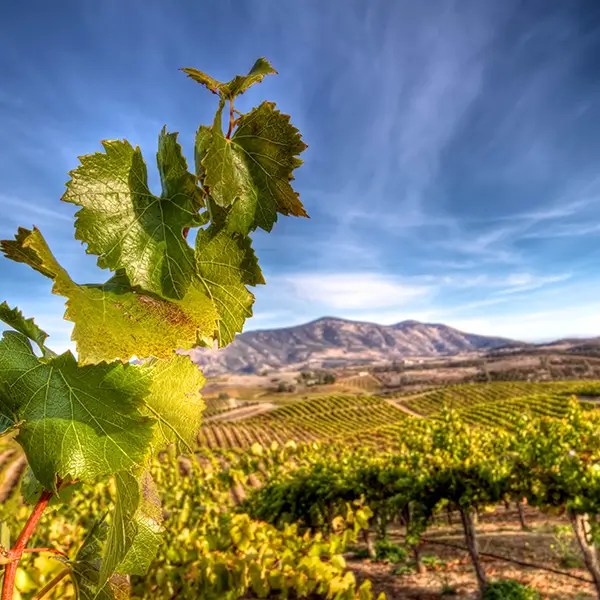
Chalone AVA
Chalone American Viticultural Area (AVA) was established within Monterey County. The Chalone AVA is a uniquely rugged growing region, located at 1,800 feet with 8,600 acres and about 310 cultivated in granitic and limestone soils.
1984 to 1988
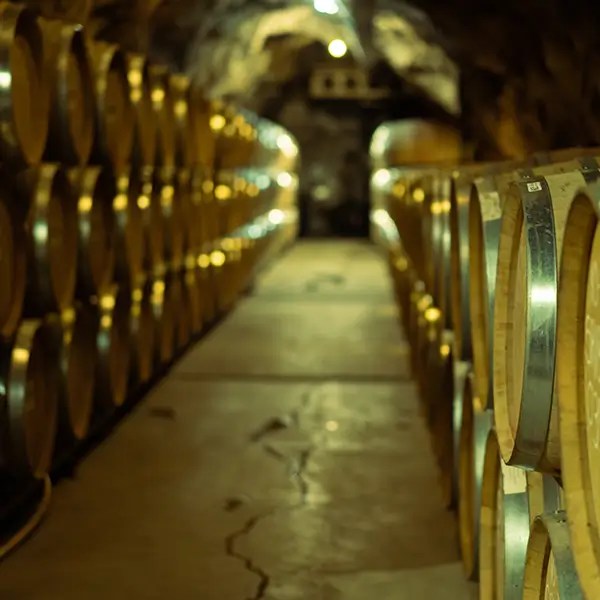
Modernization & Investment
Became the first publicly traded wine group in 1984: built caves, installed its own utility lines and constructed an 8-mile pipeline to transport water. In 1988 Domaines Baron de Rothschild purchased stock in Chalone.
1998
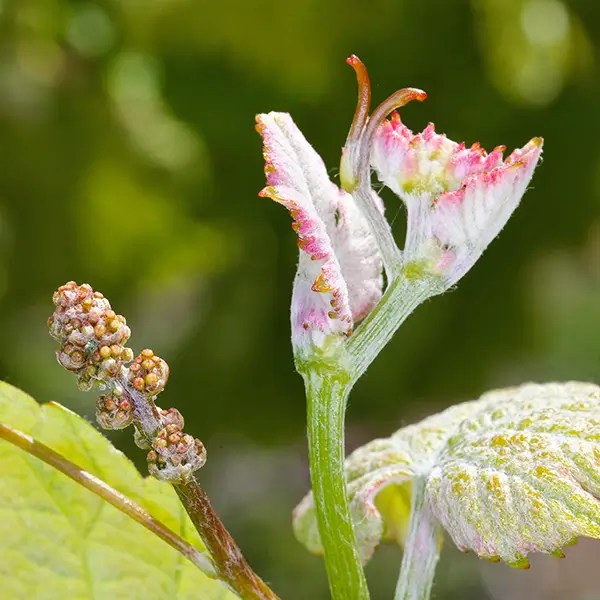
New Beginning
An extensive updating program began in the vineyard. Much of the vineyard was replanted using the latest research on rootstocks and clones for the site and the entire vineyard was retrellised. For the first time at Chalone, Syrah was planted. Today the Chalone estate is comprised of almost 1,000 contiguous acres, of which nearly 250 are planted to vines. It is the only winery in the Chalone appellation. While the estate, winemaking, and viticultural expertise has grown and evolved, the unique terroir remains unchanged.
2016
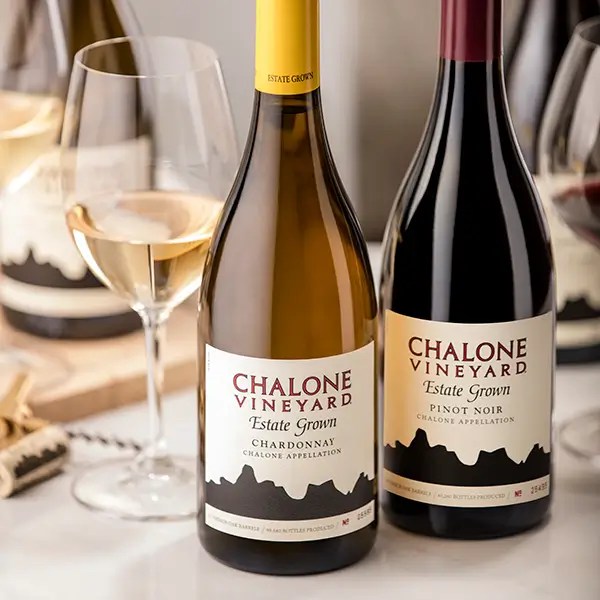
Foley Family Wines
Bill Foley purchases Chalone Vineyard from Diageo with the goal of celebrating its important history and sense of place.
